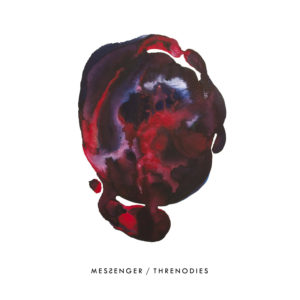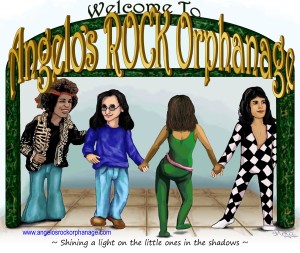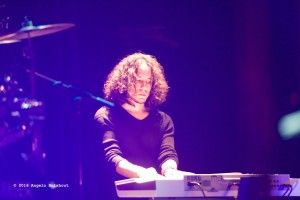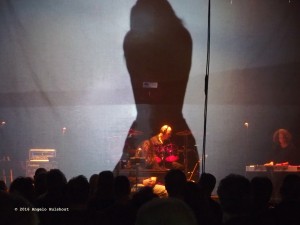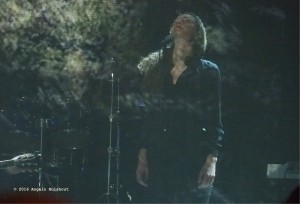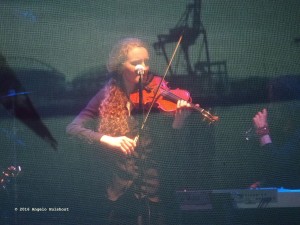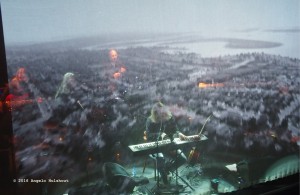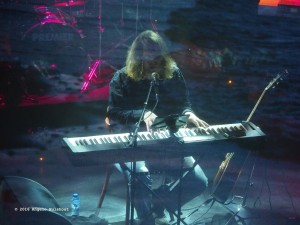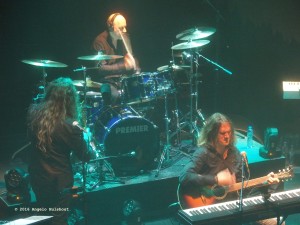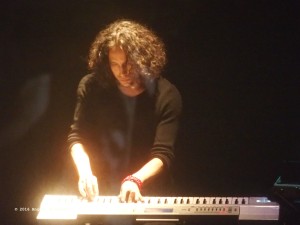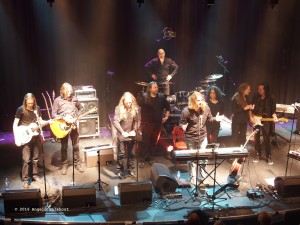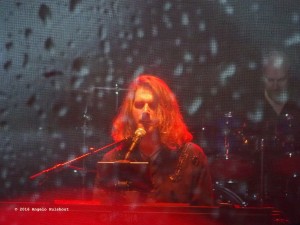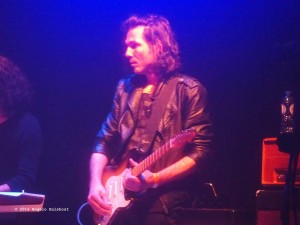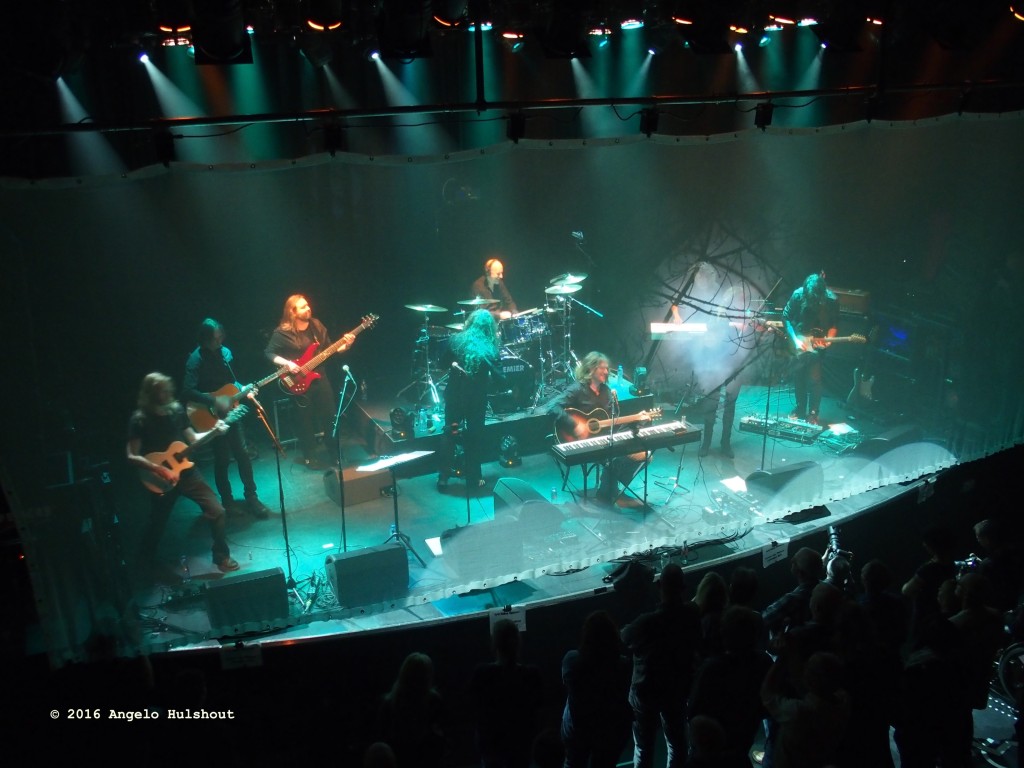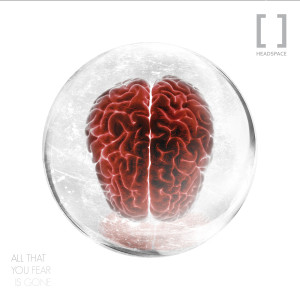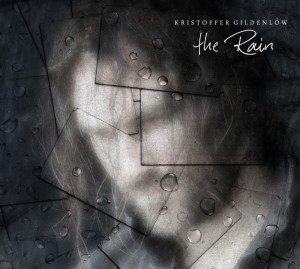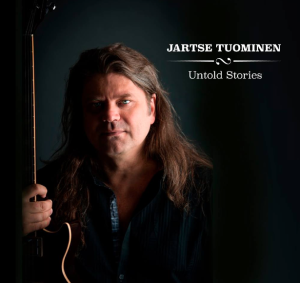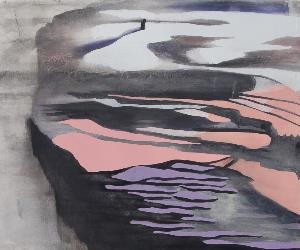Luigi Milanese is an Italian guitarist, who just released a new album Closer to Heaven via Black Widow records in Italy. For this album, we did something I have never done before – I reviewed it track by track while discussing it on Facebook Messenger with Luigi himself.
The opening track, Never I Did, is a very melodic, almost acoustic track, with vocals by Claudia Sanguineti. Accompanied by acoustic and electric guitar, piano (Luca Lamari) and cello (Marila Zingarelli), she sings in an enchanting, almost melancholic voice. As I wrote during our chat session ‘this could play all evening – lights low, bottle of wine, brilliant.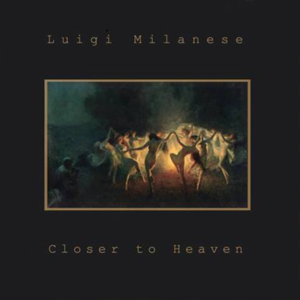
This is followed by Riot House, for which Luigi told me to ‘Turn up the volume!’. A blues rock track, which reminds somewhat of ZZ Top‘s ‘Legs‘, played by the power trio of guitar, bass and drums, and fully instrumental. A big contrast to the first track, but no worse for it. The rumbling bass of Bob Callero, the pounding drums of Frederico Lagomarsino and the speedy guitar work of Luigi combine really well.
On All the Thing I Never Said, we’re back to cello, piano and acoustic guitar, this time with Claudio only singing note without lyrics, before leaving the stage for the flute of John Hackett, who starts in a South American fashion but moves on to other things quickly. Andriano Mondini adds a nice lower end with the oboe as well.The dreamy mid section almost lulls the listener into a trance when suddenly electric guitar riffs change the mood, a nice twist into the second half of the song – with great bass work once again. [acfw id=2]
Acoustic guitar in a slightly higher tempo, in a slightly rock ballad like way opens As a Chill in the Golden Night, on which Claudia Sanguineti once again takes care of the vocals. With a slightly bluesy edge to the guitar, this could have been inspired by the acoustic tracks from the end of the 60s (think Janice Joplin transferred to 2016).
Aurora has a similar structure as All the Things I never Said, starting acoustic and ending electric, with a lead role for John Hackett’s flute once again, but it has a different sound to it. The cello has a bigger role on this one than on All the things I never Said, and the transfer to electric is less abrupt – it actually comes in quite nicely, by means of an electric piano (Luca Lamari again) and some long, slighlty distorted long guitar chords. This combination gives the track a nice jazz rock feel. I think I can understand why this is Luigi’s own favourite track on the album.
Acoustic rules is a short track that featurs as a show case for Luigi’s acoustic guitar playing abilities. Starting with a melodic part, it moves on to powerful strumming, accompanied near the end by a little bit of drums (played with bare hands by Frederico Lagomarsino).
Visions from the Well Part I starts with what sounds like the end of a symphony played by an orchestra, followed by applause of an audience, and moving on to acoustic guitar and cello. With an e-bow added to Luigi’s electric guitar this track is quite a surprise after what came before, a haunting mix of acoustic guitar and cello, painting a vision of a dream.
Internal Dynamics is a wonderful fusion track, mixing classical elements with a lead role for John Hackett’s flute and Luigi’s electric and acoustic guitar – exchanging melodies. Each instrument contributes it’s own part here though, with drums and bass being unmissable.
Visions from the Well Part 2 is proof that Luigi Milanese studied music. Cello, guitar, piano and bass all play their own melodies, but it all fits together like magic, pity it only lasts for 95 seconds.
Epilogue, which closes the album, once again features acoustic guitar, accompanied by flute and keys to lay down how Luigi feels about music. Less than one and a half minute long, but a fitting end.
This is an album that is impossible to pigeon hole – it’s not rock, not jazz, not fusion, not psychedelic, but it has elements of all. If you are looking for something that is somewhat unpredictable, without becoming overly experimental – or just a nice piece of music crafted with love, this one is definitel recommended.

